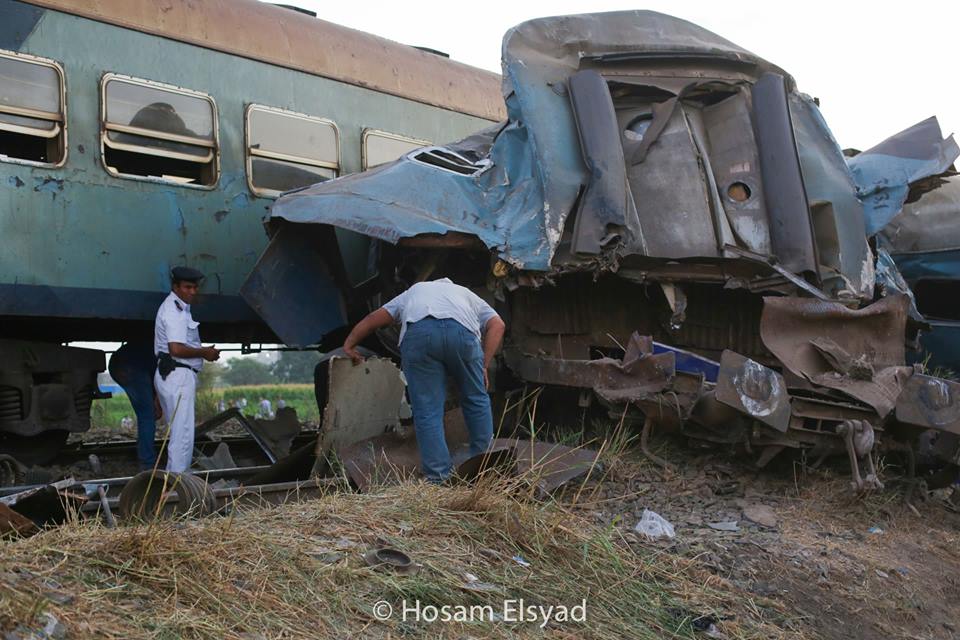
The Health Ministry spokesperson Mohammed Fathallah said the death toll has been raised to 638 and number of injured to 3,994 from the bloody clashes that broke out in Egypt on Wednesday.
Fathallah told the Associated Press that 288 of the dead were killed in Rabaa Al-Adaweya and 90 in Al-Nahda Square, the two six-week long protest camps that were calling for the reinstatement of ousted president Mohamed Morsi.
On Wednesday, the interior ministry reported that 43 security personnel were among the casualties of the day’s clashes. A mass funeral was held for the slain police officers at El-Shorta Mosque on Thursday, with Minister of Interior Mohamed Ibrahim leading the mourners.
Over a hundred bodies of those killed from the side of the protesters have been kept in the Iman Mosque in Nasr City, a few kilometers away from Rabaa Al-Adaweya, since Wednesday evening.
It is unclear whether these corpses, with at least a dozen charred and others that remain unidentified, have been included in the official death toll.
Since Wednesday night, the mosque has been swarming with people looking for missing relatives believed to have been killed in Rabaa Al-Adaweya, and those rushing to transport and bury their dead.
Volunteer organisers have attempted to bring order to the chaotic scene of families gathering around the bodies lined on the mosque’s floors.
Saad Samy, a volunteer doctor at Iman Mosque, said relatives of those killed have to go through a long process before being permitted to carry out their slain family members.
He explained that the relatives are asked to obtain a paper that identifies the corpse from representatives of the Doctor’s Union, now volunteering in the mosque. They are then expected to obtain paperwork from a police station that allows them to transport the body to the Zeinhom morgue, which must also give the family permission to bury their dead.
“This very long process is why many bodies are still lying here,” Samy said, adding that they had to resort to placing large cubes of ice over the bodies to prevent them from decomposing.
“The authorities have not been helping people in obtaining the necessary documents; they scare them from asking for paperwork that proves they were killed in the clashes.”
Fathallah, however, has denied to the Associated Press that the families have been facing difficulty in obtaining the paperwork. He was not available for further comment on the matter.
The violence started on Wednesday morning after police launched an attack to disperse the two sit-ins, sparking a day of clashes that spread across Cairo and other cities in the country.






